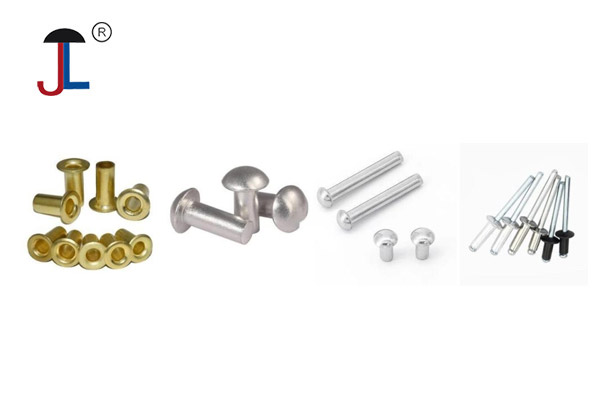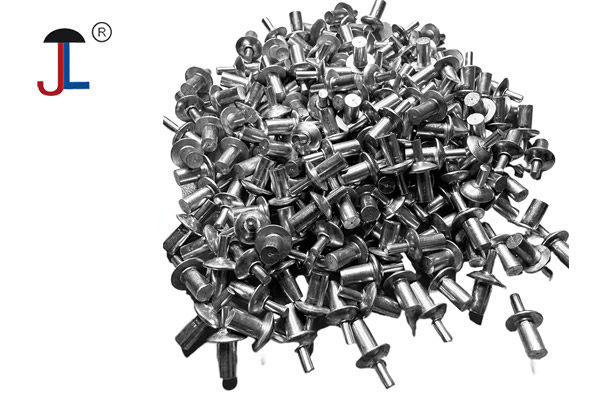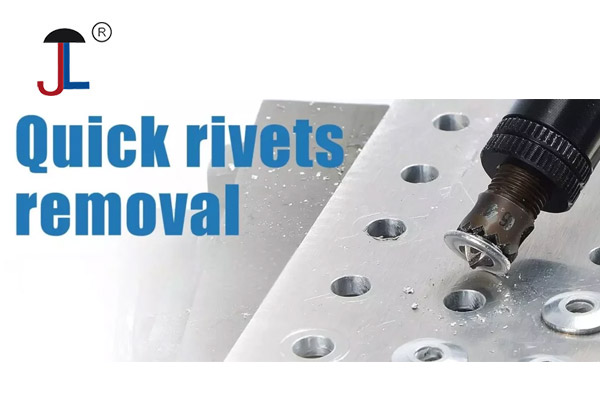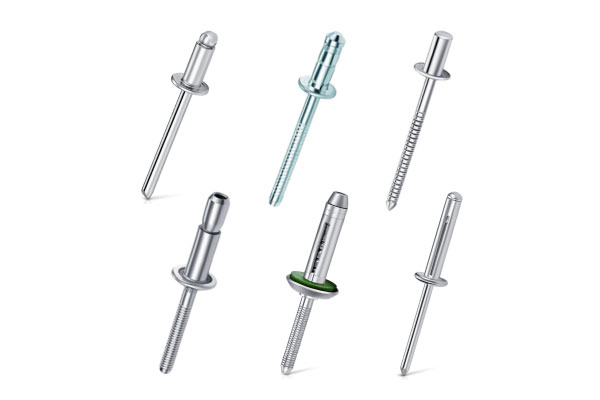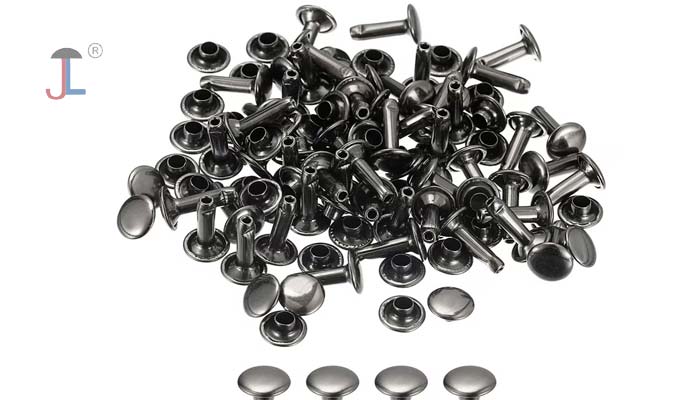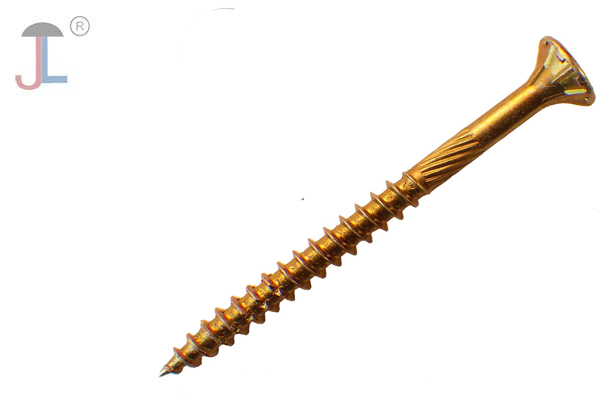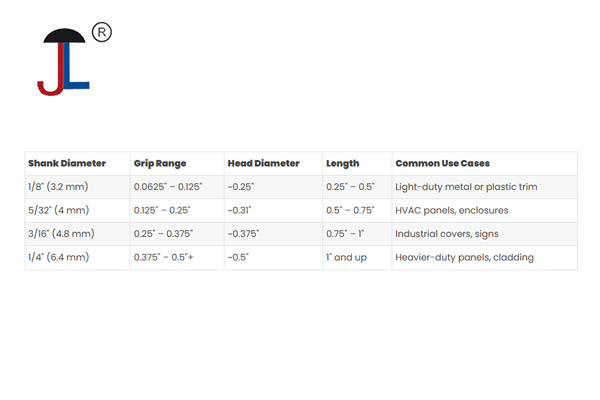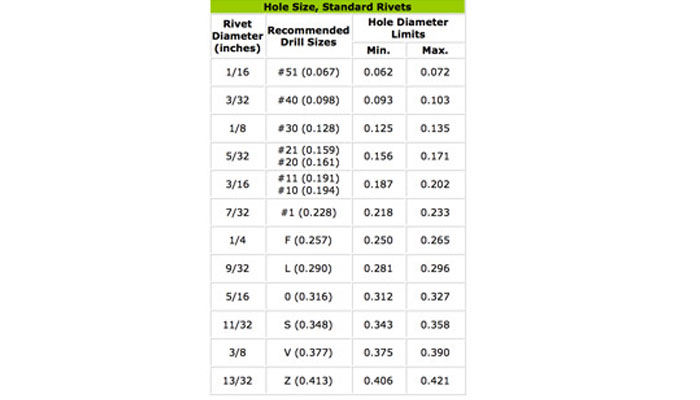Rivet technology is an essential aspect of many industries, from aerospace to construction. However, when it comes to fasteners, one common question often arises: "Are rivets waterproof?" This blog post delves into the waterproof capabilities of various types of rivets, providing a comprehensive and professional answer.
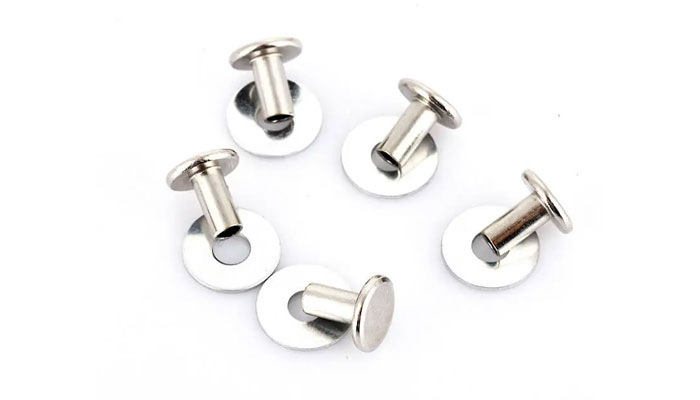
Are Rivets Waterproof? A Deep Dive into Sealing Capabilities
The short answer is: generally, no, not inherently. Standard, open-ended rivets are not designed to be waterproof on their own. Their primary function is to create a strong mechanical joint by deforming the rivet material to fill a pre-drilled hole. This process, while robust for structural integrity, leaves a small gap around the mandrel hole and between the rivet body and the material being joined, allowing liquids (and gases) to penetrate.
Are Pop Rivets Waterproof?
"Pop rivets," also known as blind rivets, operate on the same principle as standard rivets in terms of their open-ended design. Therefore, standard pop rivets are not inherently waterproof.
During the installation of a standard pop rivet, the mandrel head breaks off, leaving a hollow core through the center of the rivet. This hollow core acts as a direct pathway for water ingress. While the expanded body of the rivet provides a tight fit against the material, it does not create a hermetic seal. For applications requiring a watertight joint with standard pop rivets, additional sealing methods are necessary, such as:
- Sealants: Applying a sealant (e.g., silicone, polyurethane, or specialized aviation sealants) around the rivet head and ideally filling the hollow core after installation.
- Gaskets or Washers: Using rubber or other compressible washers under the rivet head to create a barrier.
Are Closed-End Rivets Waterproof?
This is where the answer becomes a more definitive yes, closed-end rivets are designed to be waterproof.
Unlike their open-ended counterparts, closed-end rivets (also known as sealed rivets or sealed blind rivets) are manufactured with a completely solid end on the blind side. When the rivet is installed, the mandrel pulls into the rivet body but does not break through to create a hollow channel. Instead, the mandrel forms a sealed plug within the rivet body.
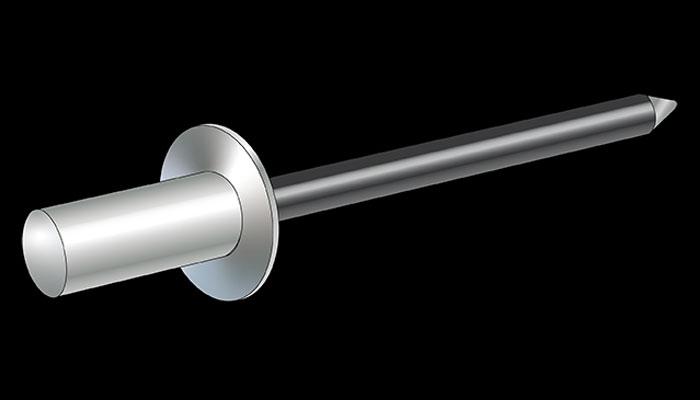
The key features that make closed-end rivets waterproof include:
- Solid Body: The absence of a through-hole prevents liquid from passing directly through the rivet.
- Mandrel Retention: The mandrel is typically retained within the rivet body, further blocking any potential pathways for water.
- Enhanced Sealing: The expansion of the rivet body during installation creates a tight, consistent fit within the drilled hole, minimizing gaps.
Applications where closed-end rivets are crucial for waterproofing:
- Marine Industry: Boats, kayaks, and other watercraft.
- Automotive: Certain body panels and components exposed to water.
- HVAC Systems: Preventing air and moisture leaks in ducts.
- Electronics Enclosures: Protecting sensitive components from moisture.
- Roofing and Cladding: Ensuring weather resistance in building envelopes.
Achieving Waterproofing with Rivets: Beyond the Rivet Type
Even with closed-end rivets, proper installation is paramount to achieving a truly waterproof joint. Factors to consider include:
- Hole Preparation: The drilled hole must be the correct size and free of burrs to ensure the rivet expands properly and creates a tight seal.
- Material Compatibility: The rivet material and the materials being joined should be compatible to prevent galvanic corrosion, which can compromise the seal over time.
- Fastener Selection: Choosing the correct rivet diameter, grip range, and material for the specific application is essential.
- Installation Tooling: Using the appropriate rivet gun with the correct nose piece ensures proper rivet setting and optimal sealing.
Conclusion
While standard open-ended rivets and pop rivets are not inherently waterproof, their sealing capabilities can be enhanced with external sealants or gaskets. For applications where a truly waterproof and hermetic seal is critical, closed-end rivets are the superior and recommended choice. Their design specifically addresses the need to prevent liquid ingress, offering a reliable and long-lasting solution for demanding environments. When designing any structure or product where water resistance is a concern, a thorough understanding of rivet types and their sealing properties is crucial for ensuring the integrity and longevity of the final assembly.

